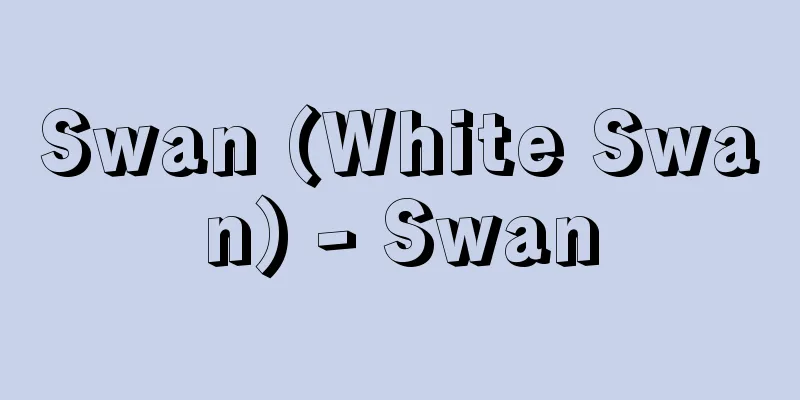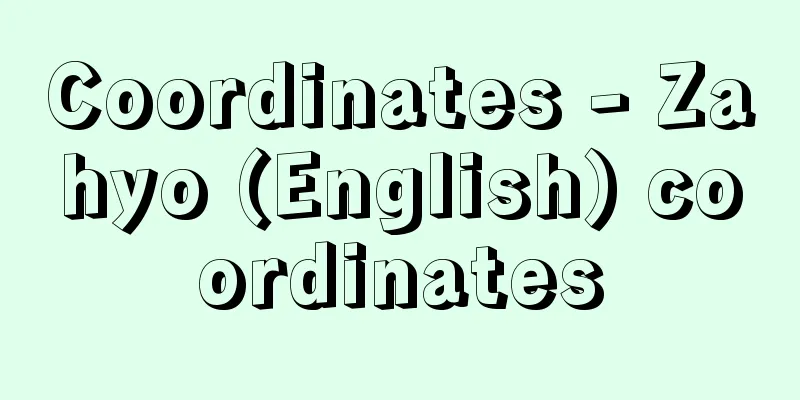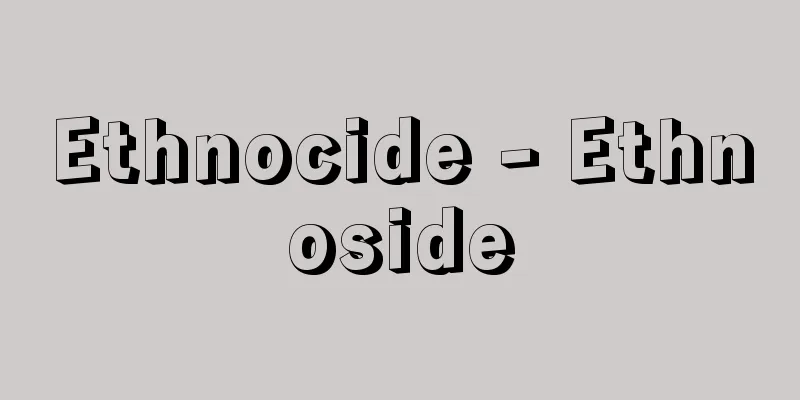Urushi tribute - Urushi nengu

|
It is also called urushi-ei (lacquer tax). It was one of the miscellaneous taxes called komononari (small taxes) in the Edo period. It was levied on lacquer trees planted in forests, embankments, vacant lots, etc. It was common in mountain villages in the Kanto and Oshu regions, and consisted of payment in kind (lacquer fruit or lacquer wax) and in money, with the tax rate not being consistent. Source: Encyclopaedia Britannica Concise Encyclopedia About Encyclopaedia Britannica Concise Encyclopedia Information |
|
漆役,漆永 (うるしえい) ともいう。江戸時代の雑税である小物成 (こものなり) の一つ。林野,堤防,空地などに植えられた漆木に課した。関東,奥羽地方の山村に多く,漆の実または漆ろうの現物納と金納とがあり,賦課率は一定していなかった。
出典 ブリタニカ国際大百科事典 小項目事典ブリタニカ国際大百科事典 小項目事典について 情報 |
<<: 《Study of lacquer》 - Research on lacquer
>>: Lacquered sheath - Urushi-nuri sheath
Recommend
Optical fiber - Hikari Fiber (English spelling) optical fiber
A waveguide used in optical communications. It me...
Taira no Tokitada
Year of death: Bunji 5.2.24 (1189.3.12) Year of bi...
water-jet loom
…In Japan, practical machines have been produced ...
《Image à la sauvette》 (English notation) Imagealasauvette
...He also worked on film from 1935 to 1939 under...
"The Prayer Book of the Hours of Etienne Chevalier"
...The tradition of expressing the lunar calendar...
Kimuratake - Kimuratake
→ Onik Source : Heibonsha Encyclopedia About MyPed...
Oberek - Oberek
...There are records of the old mazureks being po...
Gnathostomata
… The oldest vertebrates were the jawless Agnatha...
Orbital Angular Momentum
In classical mechanics, when a particle moves aro...
Artlayer - Artlayer
…One of the two great classical medical texts of ...
Mr. Ido
…The Toyoda clan rose to prominence during the Na...
Ainu-Russian Dictionary
...The editor, Davidoff, is known in Japan as a r...
Bookstore - Honya
A publisher and retailer of books and scrolls. Wh...
Kaijo earthquake
...However, the significant anomaly in seismic wa...
Nadar (English spelling)
…A prominent South Indian politician and popular ...









